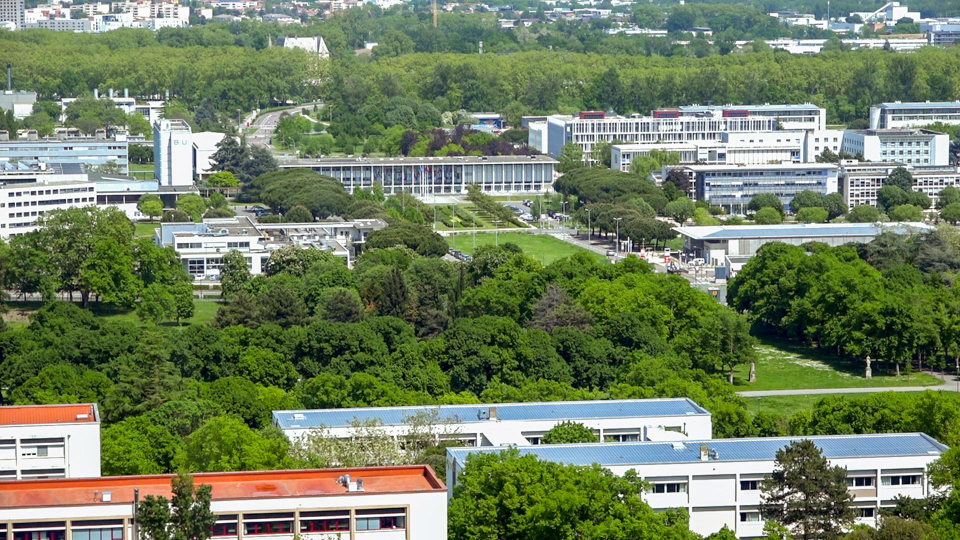Rencontre 2024 de Topologie algébrique (Réseau Thématique)
Amphi Schwartz
IMT

(crédit : DCCE Université Toulouse III - Paul Sabatier)
Inscription avant le 30 septembre !!!
(avant le 10 septembre si demande de financement)
La réunion annuelle 2024 a lieu à Toulouse, à l'institut de mathématiques, du 21 au 25 octobre 2024. La journée du 21 octobre est consacrée à un groupe de travail de doctorants du RT pour préparer le mini-cours (programme).
Clément Dupont (université de Montpellier)
Organisation et comité scientifique
Comité scientifique : Christian Ausoni (université Sorbonne Paris Nord), Julie Bergner (university of Virginia, Etats-Unis), Frédéric Chapoton (université de Strasbourg), Joana Cirici (universitat de Barcelona, Espagne), Frédéric Déglise (ENS de Lyon), Najib Idrissi-Kaïtouni (université Paris Cité), Muriel Livernet (université Paris Cité), Jérôme Scherer (Ecole Polytechnique Fédérale Lausanne, Suisse), Antoine Touzé (université de Lille).
Organisateurs : Ricardo Campos, Joan Millès et Joost Nuiten (organisateurs locaux), Antoine Touzé (université de Lille, responsable du réseau thématique).
Organisateurs du groupe de travail des doctorants : Jiaqi Fu et Francesca Pratali.
Sponsors
L'organisation de la conférence annuelle du RT est soutenue par :
- le RT 2171 "Topologie algébrique et géométrique" du CNRS
- l'institut de mathématiques de Toulouse et
- le labex CIMI
- la fédération occitane de mathématiques OcciMath.
